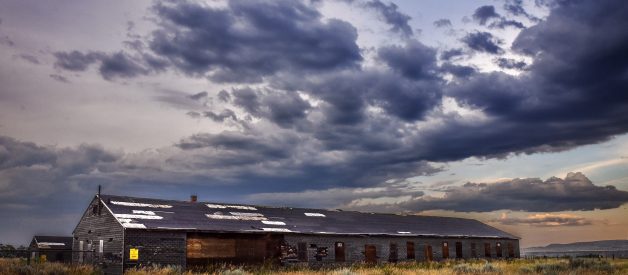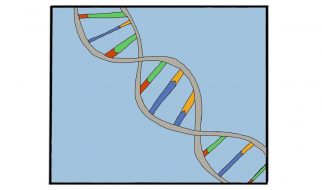For more information on the novel coronavirus and Covid-19, visit cdc.gov.
The thinking goes that any number of abandoned industrial spaces could be used to round up civilians at a moment?s notice
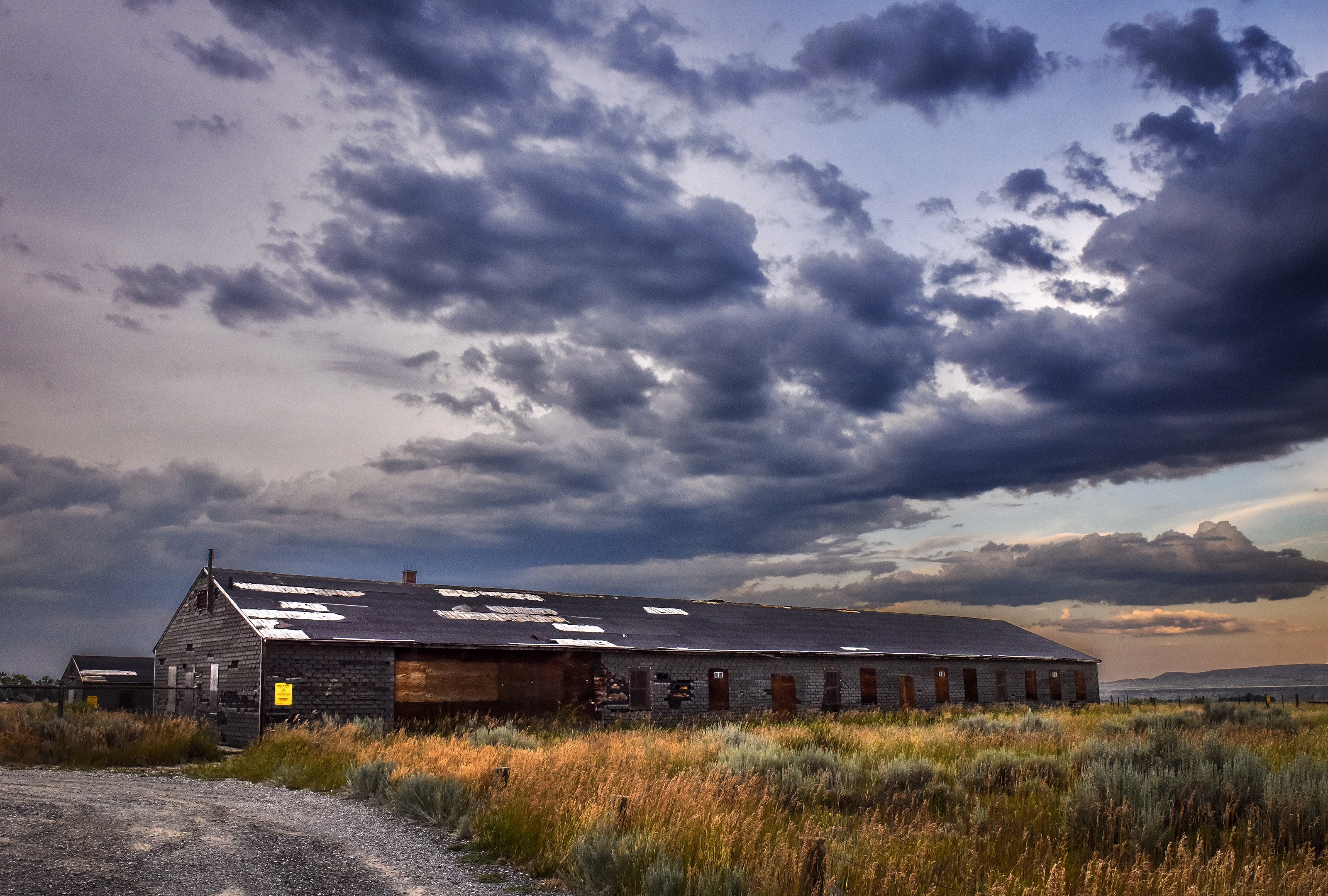 An abandoned structure at the Heart Mountain Japanese internment camp in Cody, WY. Photo: Bill O?Leary/The Washington Post via Getty Images
An abandoned structure at the Heart Mountain Japanese internment camp in Cody, WY. Photo: Bill O?Leary/The Washington Post via Getty Images
Linda Thompson?s 1994 video, ?America Under Siege,? still pops up on YouTube here and there ? usually a degraded VHS copy distorted with scan lines uploaded by some anonymous account that will linger, garnering thousands of hits, before it?s pulled. Various copies have been viewed thousands of times online and who knows how many times before the age of YouTube.
In an unsettling series of slow, handheld pans, Thompson documents the Amtrak repair depot of Beech Grove, Indiana, drawing attention to nondescript warehouses, stabled trains on sidings, piles of lumber, fenced-in yards. At first glance, it may all seem ordinary ? but Thompson?s narration makes it clear this place is anything but benign. The barbed wire lining the fence, she notes, is angled inward rather than outward ? ?not to keep people out, but to keep people in.? The presence of wind socks throughout the yard indicates ?expected helicopter activity.? Signs taped to fences read simply: red zone. A small brick structure, you?re told, is suitable for use as a ?processing? building.
According to Thompson and other conspiracy theorists like her, this is one of many ?FEMA camps? found around the United States. The specter of FEMA camps have been a mainstay in far-right conspiracy theories for decades, rising to prominence during the Obama administration and still prevalent today, most recently in connection with the Covid-19 outbreak. These nondescript industrial locations are being kept in a constant state of readiness, the thinking goes, for a looming, imminent declaration of martial law.
Like any good conspiracy theory, the FEMA camp story has its roots in a kernel of truth. In the wake of various riots and uprisings in the 1960s, the U.S. government began to plan various contingency operations that would involve both the use of covert intelligence gathering on American citizens and the use of martial law to corral and control civilian populations.
Operation Garden Plot, developed in 1968, focused on preparing for ?sudden and unexpected civil disturbances or other emergencies endangering life or federal property.? Warning that such disturbances beyond the control of local and state authorities ?may occur at any time,? it not only laid out various contingency plans for enforcing martial law, but also highlighted various warning signs and contributing factors to civil unrest:
Dissatisfaction with the environmental conditions contributing to racial unrest and civil disturbances and dissatisfaction with national policy as manifested in the anti-draft and anti-Vietnam demonstrations are recognized factors within the political and social structure. As such, they might provide a preconditioned base for a steadily deteriorating situation leading to demonstrations and violent attacks upon the social order.
In assessing the probability for civil unrest, Garden Plot advised looking at indicators such as ?high unemployment rate among minority groups,? ?increased crime rates among minority groups,? ?protests arising from income disparities between minority and majority groups,? ?declining rapport between local officials and minority groups,? ?protests by minority groups to such conditions as slum conditions, segregation in housing and schools, lack of jobs, lack of recreational facilities, police brutality, and local overpricing practices.?
The government found that inherent social and economic inequality in America would lead naturally to a sense of injustice among those disenfranchised communities, and that this legitimate sense of injustice could in turn lead to civil unrest, including protests against this injustice. Rather than address the roots of this injustice, Garden Plot provided for ways to contain and control protests, riots, and other natural expressions of inequality.
In other words, the roots of the FEMA camp myth are true, but rooted in government suppression of the left. That?s not what you?d think watching the conspiracy videos of today, which imagine a vast cabal of influence conspiring against conservatives. The government?s long history of targeting civil rights, antiwar, and other left groups has been appropriated by the right, particularly those with white supremacist leanings, who made themselves the heroes of this story of government resistance.
Houston?s William Pabst brought this fear of martial law to the right wing with a pamphlet, ?Concentration Camp Plans for U.S. Citizens,? published in 1979. Pabst?s pamphlet and subsequent warnings designated a number of potential sites for American concentration camps. Many of Pabst?s suggested sites were prisons that were under capacity: The penitentiary at Allenwood, Pennsylvania, held 300 people but could hold up to 12,000, he claimed; the federal prison camp in Florence, Arizona, could hold up to 3,500 people, though Pabst claimed it currently had only 300 prisoners.
It was this tendency to read various government sites as inherently sinister that became a hallmark of right-wing conspiracies, and it made for a heady mix of both specificity and vagueness. Almost all of the sites labeled ?concentration camps? by Pabst were existing federal facilities ? either prisons or military installations, both of which were off-limits to civilians. Hence, political scientist Michael Barkun notes, ?nefarious activities can be attributed to them with little likelihood that the claims will be quickly rebutted, and the same security arrangements that shield them from public view may be blamed for the public?s supposed ignorance of their true purpose.? Conspiracy, in other words, works to turn the government against itself ? any secrets the government may hold, legitimately or not, are immediately fodder for malevolent accusations.
Most conspiracy theories are nothing but paranoid fantasies, anxieties given shape. But every so often, the strangeness of the world catches up to them.
FEMA had barely been established when Pabst published his pamphlet in 1979. Almost as soon as it was, though, it became the default demon of government malfeasance. Why FEMA? Fear of military occupation, loss of civil rights, surveillance, and control ? these anxieties would seem to gather around the Department of Defense, the CIA, and the FBI, and perhaps the National Guard. But FEMA, by definition, deals with emergencies, and the state of emergency, when the normal lawmaking process is suspended and constitutional protections are unenforced, is the prime means for an abuse of power. Totalitarian regimes often come to power precisely through invoking states of emergencies; the Nazis, to give one example, never changed the German constitution?they just suspended it for 13 years. FEMA wasn?t created for this purpose, of course, but in providing a blueprint for a rapid response to hurricanes or earthquakes, it became the agency most visibly associated with what conspiracists feared might come to pass.
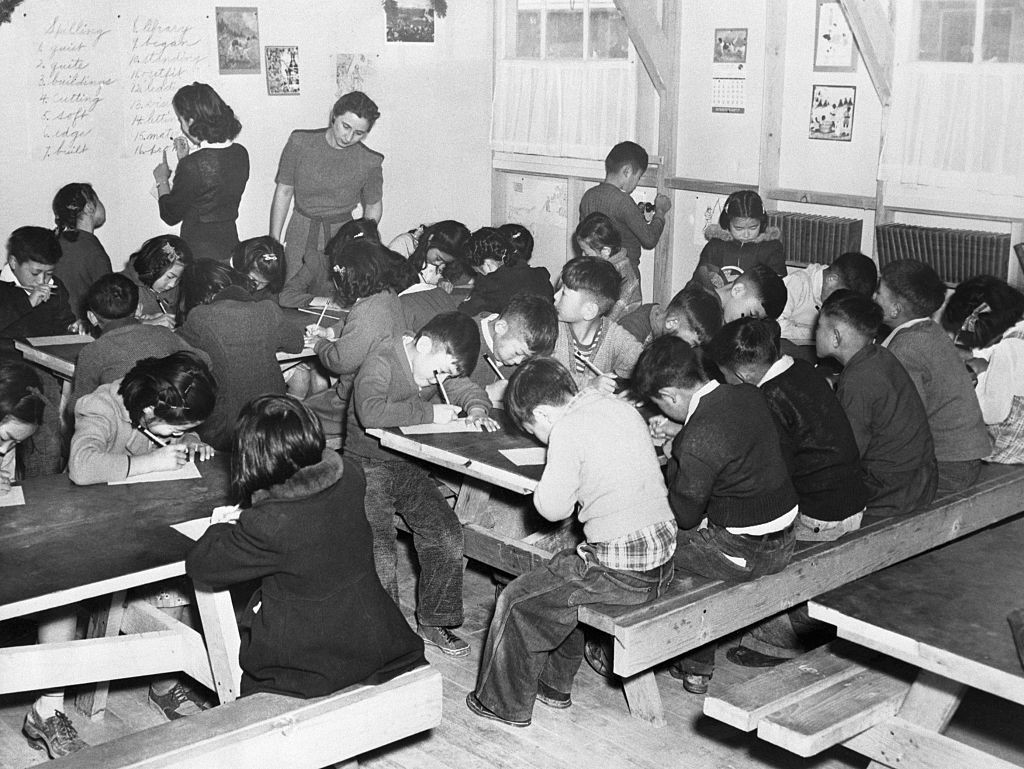 Barrack-type buildings were used at Japanese ?relocation center? schools such as the one pictured above in Camp Minidoka in Minidoka, Idaho. Photo: Bettmann/Getty Images
Barrack-type buildings were used at Japanese ?relocation center? schools such as the one pictured above in Camp Minidoka in Minidoka, Idaho. Photo: Bettmann/Getty Images
Among Pabst?s original locations singled out as future FEMA sites is Camp Minidoka, a Japanese internment camp in Idaho that now stands as a monument to America?s problematic past. Camps like Minidoka were built as distinctly temporary structures, and yet they?ve achieved a kind of permanence ? at first through the exigencies of the war, and then due to the sudden neglect and abandonment, and then, finally, as a commemoration. The reason Minidoka persists now is as a reminder to that legacy, and an admonishment: ?Never again.?
To read such a place as a harbinger of the opposite of that sentiment, to see it as a potential return, is once again a curious rewriting of history. It suggests that the importance of historical, physical reminders of past barbarities is a ruse, that there is no need to commemorate an injustice ? either because it is inconsequential or it was never an injustice in the first place. It casts suspicion on the act of preservation, reducing the purpose of a place like Minidoka to its functional use value: If it could only ever be employed as a camp, then there must be a future camp in mind. Our estrangement to the past is made physical in FEMA camps.
Since Pabst?s pamphlet, the number of potential FEMA camps has grown. In a postindustrial landscape, we?ve left behind all manner of decaying buildings. As a side effect of late capitalism, things that used to make sense now seem bizarre and inexplicable to the conspiracy theorist.
Into this landscape enters Walmart. When Walmart moves on from a given location, it leaves behind massive, hulking box stores in its wake, and often these will leave gaping holes in a small town?s commercial centers, an eyesore of waste that can neither be ignored nor done away with. These remains, it would seem, have recently become yet another target for FEMA camps.
FEMA camp conspiracists see in their hulking mystique further government malevolence. Emptied out but not torn down, underutilized but not abandoned, they?ve become prime locations for FEMA camp speculation. In 2017, a YouTube user uploaded a video titled ?Closed Walmart FEMA Camp San Jose Sept 2017 Footage,? consisting of nothing but a handheld camera shot of the building?s exterior. As one user put it in the comments, ?The place really does look closed down and RUN down. But those security cameras and what looks to be a future prison camp . . . now THAT is worrisome.?
When I went to investigate the San Jose site myself, the property manager happened to be on site and explained that Walmart had wanted a larger building so the company could add groceries; the so-called prison camp was currently in the process of being renovated for a fitness center. But it is the combination of a currently disused building and security cameras that seems to trigger conspiracy theorists, who maintain that a perfectly ordinary facet of the building has become immediately sinister after the building closed. But the locus for this particular paranoia is a crumbling infrastructure, a decaying industrialization, and the Rust Beltification of America.
One of the way conspiracies function is by taking the ordinary and suddenly devoting an inordinate amount of attention to it. Conspiracy theories are predicated, above all else, on the notion that nothing is innocent or accidental, and important clues can be found in the slightest of details. Big-box stores are designed not to be noticed, to fade into the background; by consciously noticing them, they became strange and terrifying. This is the new wilderness, the new uncanny.
Most conspiracy theories are nothing but theories ? paranoid fantasies, anxieties given shape. But every so often, the strangeness of the world catches up to them ? and overtakes them.
In 2018, whistleblowers and journalists revealed that hundreds of immigrant children were being forcibly separated from their parents and housed in mass detention camps, in an effort (according to President Trump?s then Chief of Staff John Kelly and then Attorney General Jeff Sessions) to discourage refugees seeking asylum in the United States. Under harsh fluorescents kept on 24 hours a day, children were at times administered psychotropic drugs without their consent.
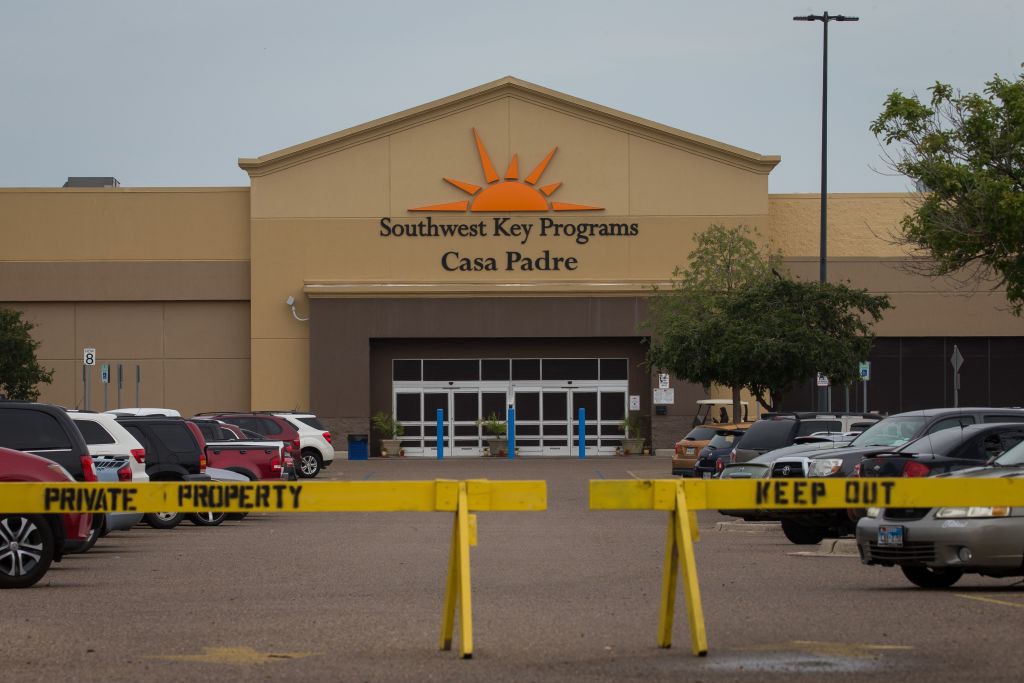 A former Walmart Supercenter used as a migrant children?s shelter is pictured on June 18, 2018 in Brownsville, Texas. Photo: Loren Elliott/AFP/Getty Images
A former Walmart Supercenter used as a migrant children?s shelter is pictured on June 18, 2018 in Brownsville, Texas. Photo: Loren Elliott/AFP/Getty Images
One of the sites that received widespread attention was located in Brownsville, Texas, where migrant children slept on cots without word of their parents or when they would see release. Here some 1,500 children lived in a nightmare dystopia, the closest thing to a concentration camp on U.S. soil since World War II.
The Brownsville detention center, the press later revealed, was a repurposed Walmart.
 From The Unidentified by Colin Dickey, published by Viking, an imprint of Penguin Publishing Group, a division of Penguin Random House, LLC. Copyright 2020 by Colin Dickey.
From The Unidentified by Colin Dickey, published by Viking, an imprint of Penguin Publishing Group, a division of Penguin Random House, LLC. Copyright 2020 by Colin Dickey.
